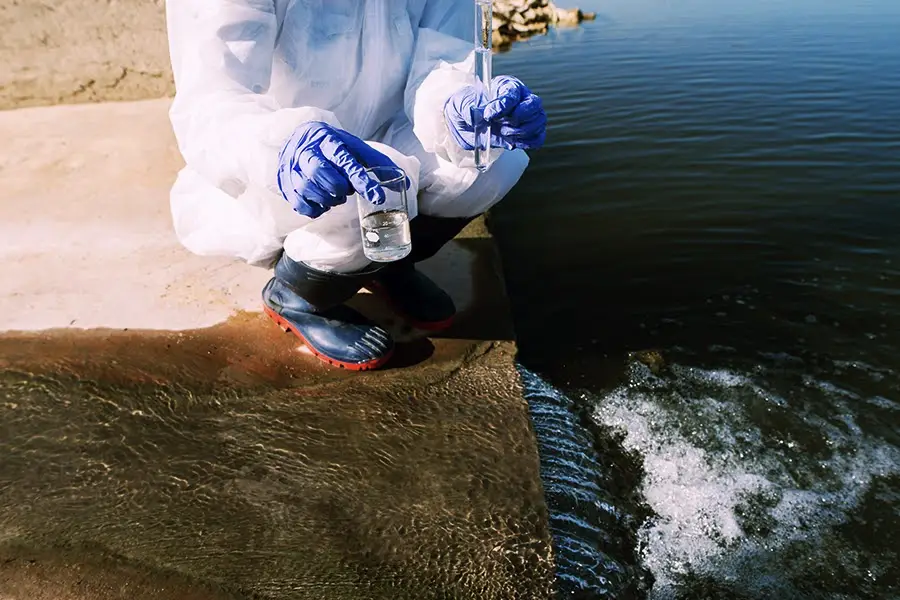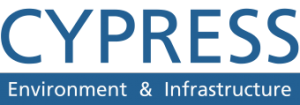Protecting water quality and aquatic ecosystems requires navigating complex regulations like Section 401 vs 404 permits. Our experts at Cypress help clients understand the nuances between these interconnected permits.
In this article, we’ll examine how Section 401 and Section 404 of the Clean Water Act regulate water resources differently. States certify projects based on water quality standards under 401, whereas the Army Corps evaluates ecological impacts under 404.
We’ll discuss the distinct roles played by state and federal agencies across these permits. Exploring the importance of coordinating 401 and 404 permitting provides key insights into the diligence and collaboration necessary for sustainable development and safeguarding our nation’s waters.

401 vs 404 Permit Primary Difference
The 401 permit pertains to state-issued certifications ensuring compliance with water quality standards for federally permitted activities.
In comparison, the 404 permit is issued by the U.S. Army Corps of Engineers. It regulates dredging and filling activities in navigable waters.
The goal is to prevent adverse environmental impacts. While the 401 permit addresses water quality, the 404 permit focuses on the physical impact of dredging and filling. Collectively, these permits contribute to comprehensive water resource management.
Clean Water Act Section 401 Permit
The Clean Water Act Section 401 permit plays a pivotal role in maintaining water quality.
Purpose and responsibilities of states and tribes
The primary purpose of Section 401 is to empower states and tribes in safeguarding water quality within their jurisdictions.
This involves reviewing and certifying projects that may impact water quality if necessary. By doing so, states and tribes contribute to the preservation of their unique environmental conditions.
Review and certification of projects impacting water quality
Under Section 401, states and tribes conduct a thorough review of proposed projects and assess their potential impacts on water quality.
Certification is granted when projects align with water quality standards and regulations. This collaborative approach ensures that local expertise informs decisions and fosters effective environmental stewardship.
Clean Water Act Section 404 Permit
The Clean Water Act Section 404 Permit, overseen by the U.S. Army Corps of Engineers, is crucial for preserving aquatic ecosystems. Here’s an in-depth look:
Purpose and responsibilities of the U.S. Army Corps of Engineers
Section 404 assigns the U.S. Army Corps of Engineers the vital task of regulating projects that involve dredged or filled materials in navigable waters.
The Army Corps plays a key role in balancing development needs with environmental protection. Their responsibilities include evaluating the potential impacts of proposed projects on aquatic habitats and ensuring compliance with environmental standards.
Regulation of projects involving dredged or fill materials
Section 404 specifically addresses activities that could alter the landscape through dredging or filling. The Army Corps meticulously evaluates these projects to minimize adverse effects on wetlands and water bodies.
Within this regulatory framework, the Army Corps aims to maintain the ecological balance of aquatic environments while also accommodating essential development.
Key Differences Between 401 and 404 Permits
Here at Cypress, we help clients navigate the intricacies of environmental permitting, including distinctions between CWA’s Section 401 and the Army Corps’ Section 404 permits. Here’s a breakdown of the key differences:
Focus
- Section 401 – This primarily focuses on water quality standards. States and tribes review and certify projects to ensure they meet established water quality criteria. The emphasis is on preventing projects that may compromise water quality.
- Section 404 – This centers around the regulation of projects involving dredged or filled materials. The primary concern is the impact of such activities on aquatic habitats, specifically wetlands. The focus is on preserving the physical and biological integrity of water bodies.
Entities involved
- Section 401 – Involves states and authorized tribes that have the authority to certify projects. They play a central role in assessing the potential water quality impacts of proposed activities.
- Section 404 – Administered by the U.S. Army Corps of Engineers, which evaluates projects to determine their effects on wetlands and waters. Federal and state agencies, along with project proponents, collaborate in the decision-making process.
Decision-making criteria
- Section 401 – Decision criteria revolve around whether a project meets water quality standards and conditions set by the certifying entity. The goal is to protect and enhance water quality.
- Section 404 – Decision-making considers the ecological impacts of the proposed project on wetlands and water bodies. The focus is on maintaining the balance between development and environmental preservation.

Conclusion
Our exploration of 401 and 404 permitting reveals an intricate system balancing local and federal oversight to protect America’s waters. We hope this overview provides perspective into how these interconnected regulations enable and support sustainable development through collaboration.
By outlining the unique roles and synergies between 401 vs 404 permits, we demonstrated how diligence, cooperation, and care are vital to preserving our nation’s aquatic heritage.
When it comes to these dual regulatory frameworks, there are subtle intricacies that need to be considered and understood. However, these frameworks represent time-tested safeguards. These light the way toward a future where thriving communities and environments come together.
Though nuances remain, the unifying purpose resounds – preserving our nation’s aquatic heritage through diligence, cooperation, and care. By leveraging our expertise, Cypress helps empower clients to write a brighter collective future.
